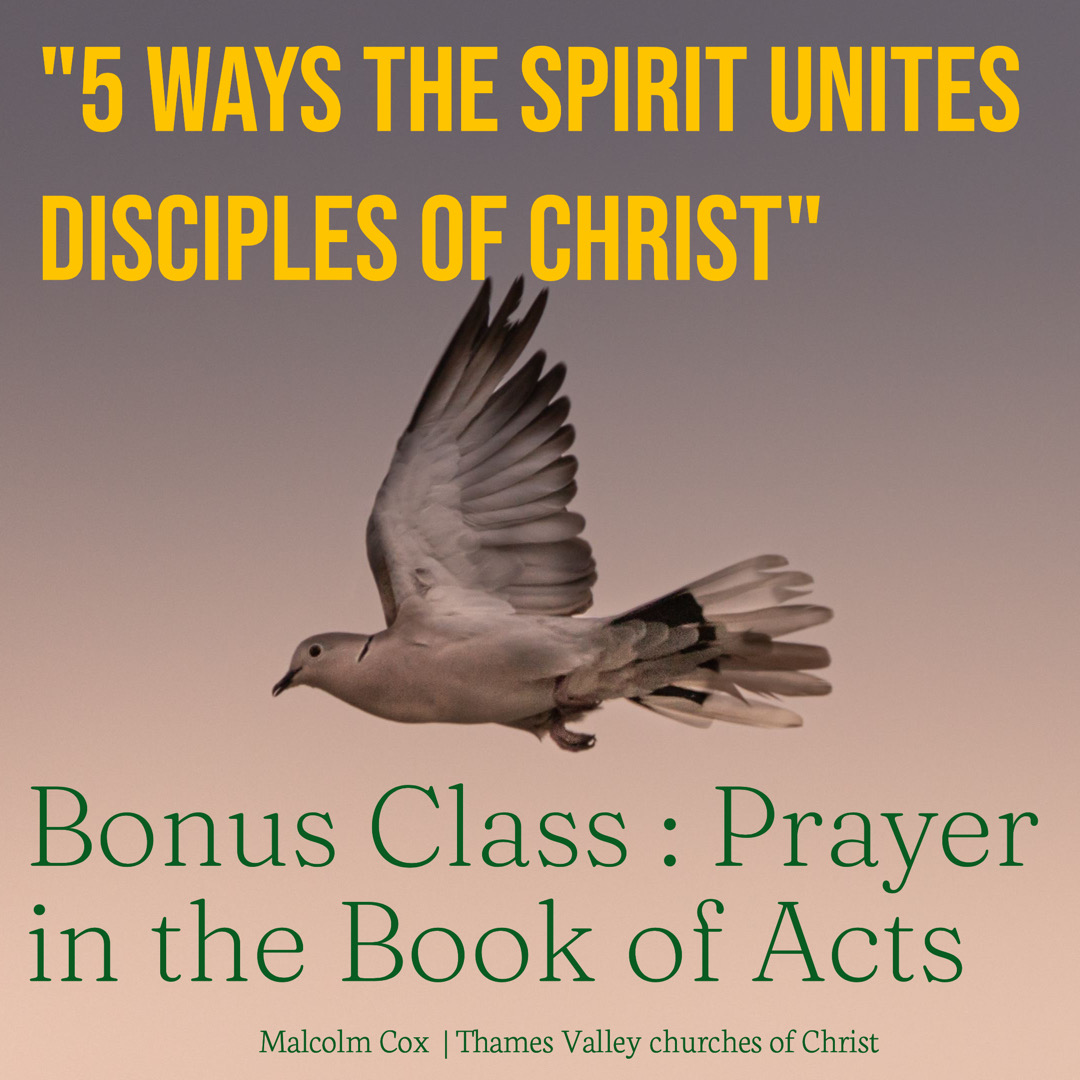How can we avoid dull repetition or creative confusion when talking about the Lord’s supper?
This is the fifth in a series looking at different views of the atonement as a way of broadening and deepening our appreciation for the cross.
Today we study Paul’s teaching on the Lord’s Supper in 1 Corinthians 11 to help us understand the meaning of the communion.
We explore some tips on how meaningful communions are constructed and on what they are best focussed.
Questions
What are your thoughts on how we can make the communion talks biblical and relevant? How we do it and what we emphasise?
Please add your comments on this week’s topic. We learn best when we learn in community.
Next week: an interview with Simon Dinning of “prepared to answer” podcast – look it up.
God bless, Malcolm
NOTES:
Summary
-
Christus Victor saves by conquering evil
-
Penal substitution saves by satisfying the wrath of God
-
Healing view saves by curing and restoring
A. What is it’s purpose? 1 Cor 11.23-26
-
Remembrance
-
Community function
-
Strengthen faith, hearts, community
B. What are we to proclaim?
-
Christ’s death
-
Solidarity together in this (shared meal)
C. What are we to practice?
Many debatable elements – all have our preferences
-
Cups: 1 / many cups
-
Liquids: Grape juice / wine
-
Prayers: one / two
-
Participants: adults / children; Christians / non-Christians
Core issues
-
Centre: Christ – not the personal sharing/story/illustration
-
Word: scripture relating to the cross and its purpose
-
God: what He has done – not what we are to do
-
Because: remind why taking bread and wine. Confirm at end of talk or during prayer.
Suggestions
-
One scripture
-
One story
-
One idea

